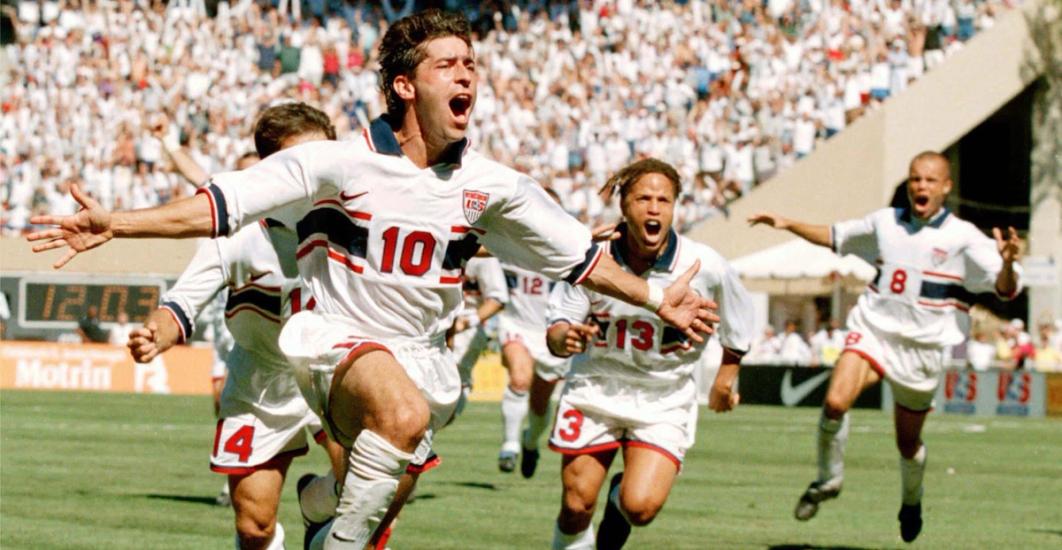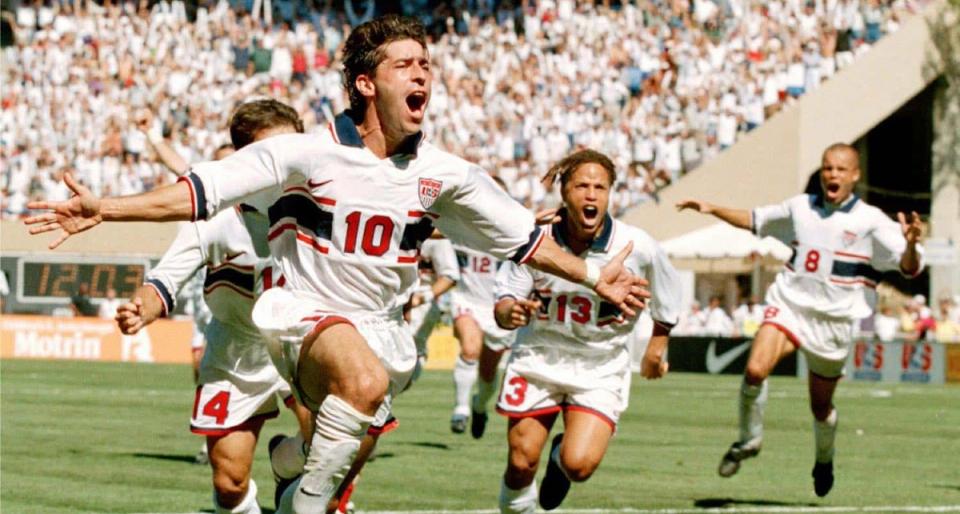HISPANIC HERITAGE: Tab Ramos and His Remarkable Contributions to Soccer in the United States
The former U.S. Under-20 Men’s National Team head coach who currently guides the Houston Dynamo, the attacking midfielder forged his reputation as one of the best American players of all time.





